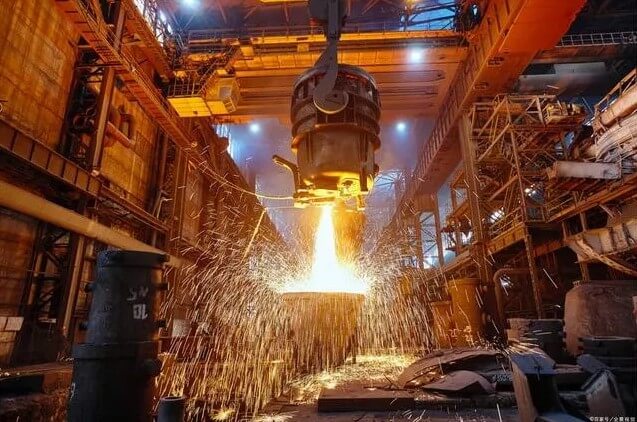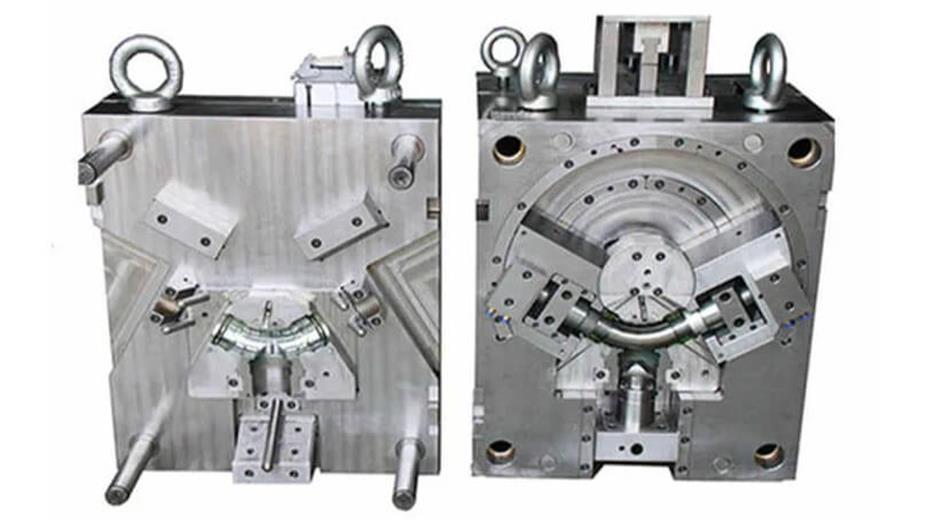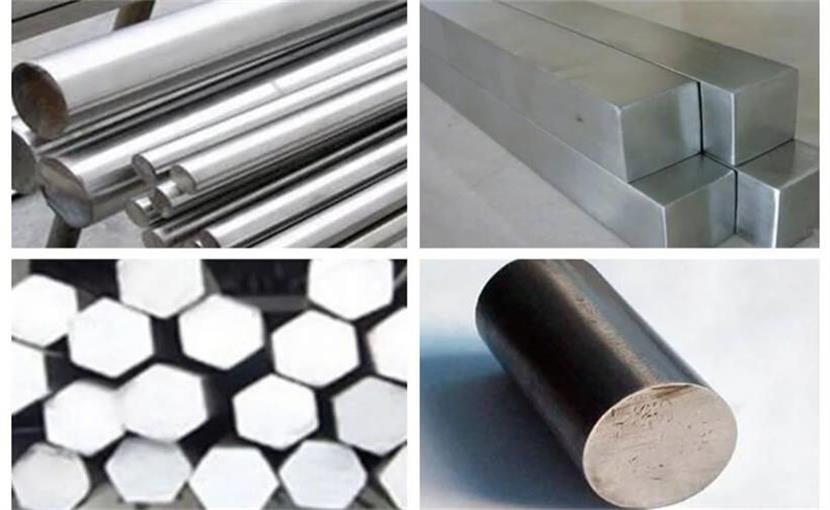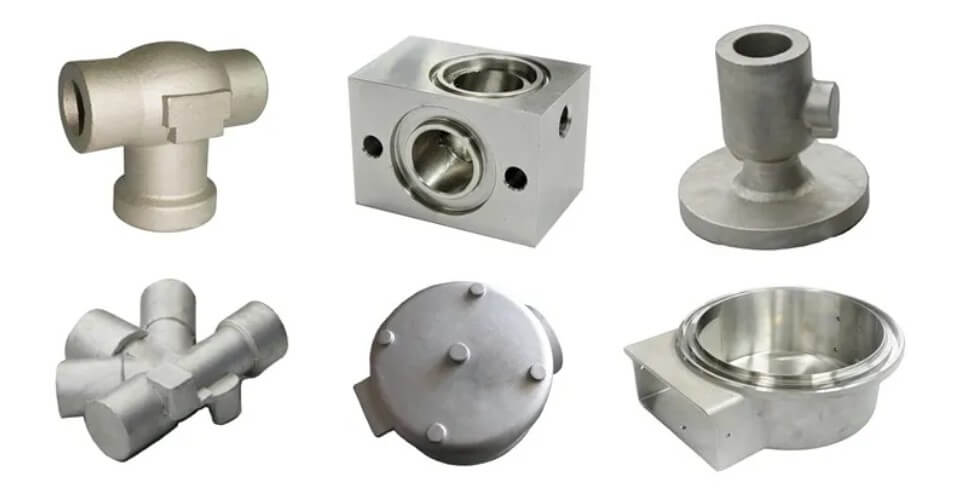Gray cast iron: an all-rounder in the industrial field
Gray cast iron is a widely used engineering material that is favored for its good casting properties, low cost and excellent mechanical properties. This article will introduce in detail the basic properties, production process, common applications and mechanical property changes of gray cast iron at different temperatures.
1.Basic properties of gray cast iron
(1) Chemical composition and structure
The main chemical components of gray cast iron are carbon and silicon, of which the carbon content is usually between 2.5% and 4.0%, and the silicon content is between 1.0% and 3.0%. This material is named after the flake form of graphite inside it. These flake graphite are distributed in the iron matrix, giving it unique properties. The form of graphite has an important influence on its mechanical and physical properties.
(2) Physical and mechanical properties
Gray cast iron has relatively low strength and toughness, but its hardness and wear resistance are good, which makes it perform well in many applications that need to withstand wear. It has good thermal conductivity and a low thermal expansion coefficient, which makes gray cast iron stable even in environments with large temperature changes. In addition, it has good shock absorption properties and can absorb vibration and noise, so it is widely used in mechanical manufacturing.
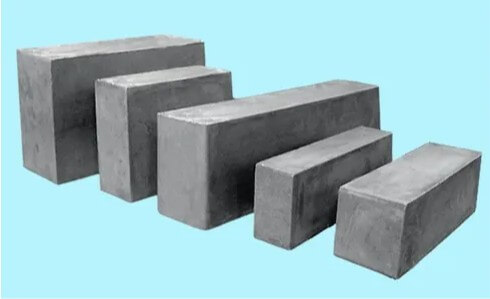
2.Gray cast iron production process
(1) Melting process
The production of gray cast iron begins with the careful selection of raw materials, including pig iron, scrap steel and recycled materials. Melting equipment usually uses induction furnaces or arc furnaces, which can accurately control the temperature and chemical composition to ensure the quality of cast iron. During the smelting process, alloy elements such as silicon, iron and manganese need to be added to adjust the properties of cast iron.
(2) Casting technology
The casting methods of gray cast iron mainly include sand casting and metal casting. Sand casting is the most commonly used method, which uses sand molds to form the shape of the casting. Metal casting uses metal molds, which can improve the precision and surface quality of the casting. In the casting process, the preparation of the molding sand and the making of the mold are key steps. The composition of the molding sand and the temperature of the mold need to be strictly controlled to ensure the quality of the casting.
(3) Cooling and heat treatment
The cooling rate of the casting has a significant effect on the performance of gray cast iron. Slower cooling rates help form coarse graphite flakes, thereby improving the toughness and shock absorption properties of cast iron. Heat treatment is an important step in improving the performance of gray cast iron. Through heat treatment methods such as annealing, normalizing or quenching, the hardness, strength and toughness of cast iron can be adjusted to meet the needs of different applications.
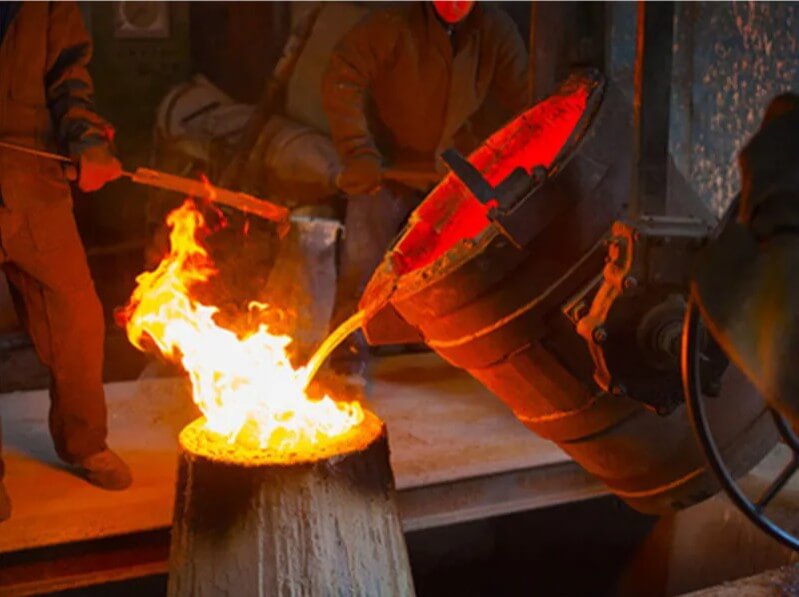
3.Common applications of gray cast iron
(1) Application in the automotive industry
In the automotive industry, it is mainly used to manufacture key components such as engine cylinder blocks, cylinder heads, crankshafts, etc. These components need to withstand high temperatures, high pressures and friction. The good wear resistance and thermal conductivity of gray cast iron make it an ideal choice. In addition, it is also used to manufacture automobile brake discs and brake drums, using its good thermal stability and friction properties to improve the safety and reliability of automobiles.
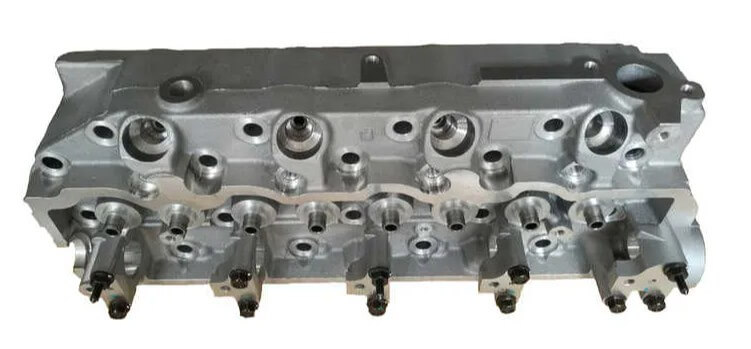
(2) Application in mechanical manufacturing
Due to its good rigidity and shock absorption properties, it is often used to manufacture machine tool beds and bases. These components need to have high stability and precision, and it can meet these requirements. In addition, it is also used to manufacture pumps, valves and other components, using its good wear resistance and corrosion resistance to improve the service life and reliability of equipment.
(3) Application in the power industry
In the power industry, it can be used to make key components such as turbine blades and generator rotors. These components work under extreme conditions such as high-speed rotation and high temperature and high pressure. Its high strength and wear resistance can ensure the efficient and safe operation of the equipment.
(4) Application in the chemical industry
In the chemical industry, it can be used to make equipment such as reactors and storage tanks. These equipment need to withstand harsh conditions such as high temperature, high pressure and corrosion during the chemical production process. Its high corrosion resistance can ensure the long-term stable operation of the equipment.
(5) Application in the construction industry
The construction industry is also one of the important application areas of gray cast iron. It is often used to make structural parts such as door and window frames and pipe brackets. These structural parts need to have good load-bearing capacity and stability. The excellent performance of gray cast iron can ensure the safety and stability of buildings.
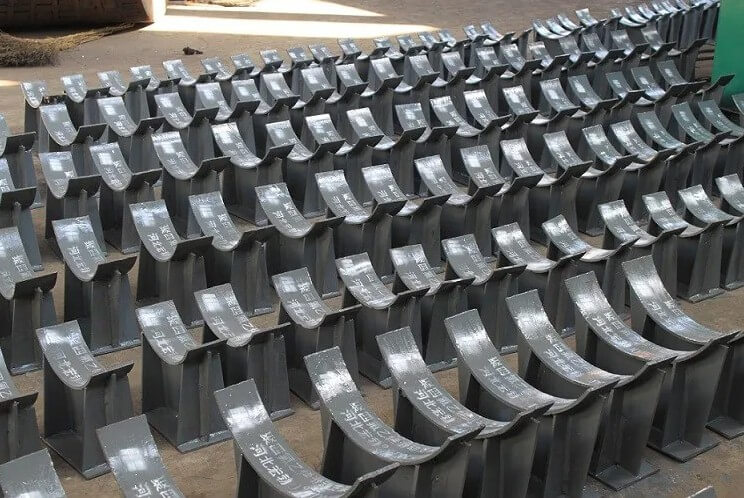
4.Changes in mechanical properties of gray cast iron at different temperatures
(1) Effect of annealing temperature:
Studies have shown that annealing temperature has a significant effect on the microstructure and morphological changes of pearlite, ferrite and graphite in gray cast iron. For example, when HT250 is annealed from room temperature to 760℃, the amount of ferrite increases, the amount of pearlite decreases, and the HV hardness decreases accordingly. At 760℃, the amount of ferrite reaches 85% and the HV hardness value is the minimum. From 760℃ to 930℃, the amount of ferrite gradually increases and the HV hardness rises.
(2) Changes in mechanical properties:
The mechanical properties of gray cast iron, such as tensile strength, hardness and plasticity, change with temperature. For example, when annealed at 760℃, HT250 can obtain better comprehensive mechanical properties and meet the requirements of vibration and bumps.
(3) Performance differences between different grades:
Different grades of gray cast iron exhibit different mechanical properties at different temperatures. For example, the tensile strength and hardness values of grades such as HT100, HT150, HT200, HT250, HT300 and HT350 at different temperatures are different. These performance indicators need to be determined according to the specific application scenarios when selecting materials.
5.Advantages and Disadvantages of Gray Cast Iron Parts
Advantages:
(1) Good casting performance:
The chemical composition is close to the eutectic point, the molten iron has good fluidity, and complex parts can be cast.
(2) Good wear resistance and shock absorption:
The presence of graphite is conducive to lubrication and oil storage, making gray cast iron have good wear resistance, and at the same time, the shock absorption is better than steel.
(3) Good process performance:
High carbon content, low melting point, small shrinkage, suitable for casting complex structures or thin-walled castings, and better machinability than steel.
(4) Low notch sensitivity:
The presence of graphite makes gray cast iron insensitive to surface defects and notches, and has little effect on fatigue strength.
(5) Good thermal conductivity:
It has good thermal conductivity and is suitable for making parts that need to dissipate heat quickly, such as internal combustion engine cylinder blocks.
(6) Low cost:
Easy to produce, high yield, low cost, 0.6-0.7 times that of cast steel.
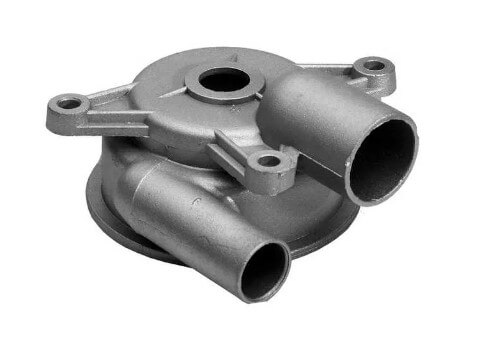
Disadvantages:
(1) Low mechanical properties:
Tensile strength, plasticity and toughness are much lower than steel, while compressive strength is equivalent to that of steel. It is the cast iron with the worst mechanical properties among commonly used cast iron parts.
(2) Weldability problems:
White cast iron and crack problems are prone to occur during welding. A large amount of eutectic cementite and secondary cementite may form in the weld and heat-affected zone, resulting in the presence of hard and brittle cementite, making it difficult to perform mechanical processing and cutting near the weld.
(3) Heat treatment limitations:
The heat treatment can only change the matrix structure, but cannot change the morphology of graphite. It is impossible to significantly improve the mechanical properties of cast iron parts.
(4) Defect repair problems:
Casting defects are difficult to show. For example, hydrogen pores may only appear after machining, affecting the quality of the casting.
6.Summary
As a traditional engineering material, gray cast iron still plays an irreplaceable role in modern industry with its excellent performance and low cost.

